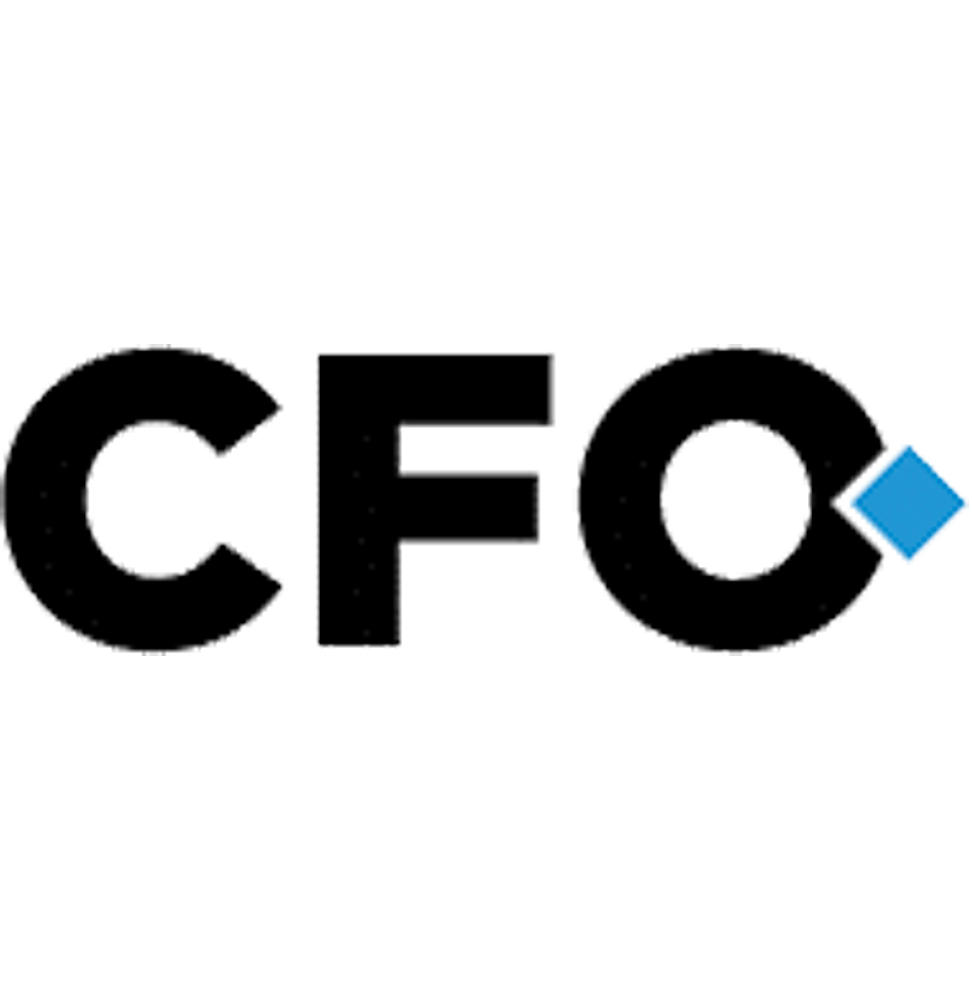You Run a Health-Care Business Whether You Like It or Not
Warren Buffett said it all: “GM is a health and benefits company with an auto company attached.” In fact, it spends more on health care than steel, just as Starbucks spends more on health care than coffee beans.
For most companies, health care is the second largest expense after payroll. This puts you in the health care business.
So, how’s your health-care business doing?
That’s the first question the [chief operating officer] of a large private equity fund’s health-care benefits purchasing group asks when he sits down with the CEO of a newly acquired company, say, a manufacturer. Naturally, the CEO will look puzzled. The COO will then show that the company has, for example, 4,200 members enrolled in its health plan and spends the typical $10,000 per year per member for health care. He then asks “How’s your $42 million health-care business?”
That’s when the light bulb goes on, said the COO.
Most companies don’t apply the same level of care to their health-care spending that they do to other large expenditures. Estimates of fraud, waste, and abuse in health care range from a low of 30% (Institute of Medicine) to over 50% (PwC) but are little known among employers.
Note that these are the same companies that often manage other major budget items down to the hundredths of a percent, yet accept annual 5% to 20% health-care cost increases. In most cases, they have an overburdened, outgunned [human resources] leader who is overseeing the health-care spend with little or no analytic capabilities.
The reality is most companies wouldn’t hire their present benefits leader to run a multimillion-dollar business unit or product. So why do they run a multimillion-dollar benefits spend?
So, what’s different about employers who are winning the battle to slay the health-care cost beast? It’s all about mindset. It’s about waking up to the understanding that improving the value of health benefits is the best way to improve the well-being of employees while boosting the company’s bottom line — then committing to that path.
Two Stories
In the 2000s, IBM made a mindset shift about employee welfare and decided to integrate its health services. According to Paul Gundy, MD, and Martin Sepulveda, MD — the physicians who led these efforts — the company realized they were competing against giants like WiPro and Infosys from India, which have much lower cost structures. IBM would have to tackle the cost side of the equation, but it also saw that it could gain a strategic advantage if it had much higher-performing teams.
Accordingly, IBM put a particular focus on the fitness, productivity, and resilience of its workforce. Sepulveda explained to me their revelation that indiscriminate provision of health-care services — absent efforts to help people understand how to use those services — leads to voracious appetites from both patients and health-care providers for services that add little value but add a lot of cost to the individual, company, and society.
It dawned on Sepulveda that if they were going to develop a worldwide health-care strategy, they would have to build on universal values. People everywhere value health, access, receiving health care, and relationships in health care. It was striking to Sepulveda how important the relationship was between the person receiving care and the person delivering the care. What people understand and what they are willing to do is greatly influenced by that interaction. The ideal setting, he saw, is a full-function primary care setting that includes behavioral health and health coaching.
The challenge for a global leader like IBM was to develop a strategy that would work in vastly different environments: in rapid-growth countries with poor infrastructure, in a socialized country like France, and in a private insurance country like the United States. It decided that, all other things being equal, it would put a third of its health-care chips on prevention, a third on primary care, and a third on employee engagement with (and accountability for) their own health and with the health-care system.
The result is that IBM has built itself a competitive advantage with a lower cost structure and a higher-performing workforce. On the other end of the spectrum, with a very similar success story, is Brakebush, a small poultry processor in rural Wisconsin with 1,700 employees, many of whom are at high risk for injuries due to the nature of their job. For Brakebush, the wake-up call was a realization that it was pouring major resources into one of health care’s most notorious money pits: musculoskeletal (MSK) procedures based on no scientific evidence, which in most cases provide less value than physical therapy (PT).
The company took a multipronged approach to eliminating the waste, including allocating resources to address and mitigate physical risks in its plants, hiring an onsite PT specialist to provide MSK care in a value-based fee model, and creating a new health-care coordinator position to help employees navigate the health system. Brakebush now incentivizes employees who do need surgery to use designated centers of excellence for procedures that come with an upfront bundled price and warranty. They also use price transparency tools, a health-care concierge, and health coaching. And in 2016, the company opened a health center that provides primary care, personal training, and a gym — at no cost to employees.
Sounds like a big investment, right? And yet Brakebush paid less for health care in 2016 than it did in 2014. It now spends 50% less than average for companies its size on MSK disorders, saving $1 million a year on just this one area.
What to Look for in a Health Plan Administrator
Obviously, you can’t ask most HR benefits directors to pull off this kind of culture change. What you need is a sophisticated health administrator, analogous to the person who’s administering your 401(k). This is someone whose skills and experience are commensurate with the magnitude of the investment in health benefits and the level of fiduciary responsibility it carries.
You want a person who is both numbers and people savvy, who understands the inner workings of a health plan, and who can bring real solutions to bear in a way that aligns the incentives of all parties. And then you want to give him or her the clout to get the job done with the respect and support of the C-suite.
Depending on the size of your organization, this may be an outside adviser. This person must also be empowered with financial and other performance incentives that align with lowering costs and improving outcomes.
In short, you need someone able to run a major business, your health business. Here are some characteristics to look for:
- Outstanding finance skills with a focus on accuracy in forecasting and communicating stories through numbers
- Keen understanding that many types of cost-shifting to employees add financial stress that negatively impacts employee well-being and productivity
- Relentless focus on rooting out status quo health care industry practices designed to redistribute wealth and profits from you to them, including disclosure of commissions and fees, such as hidden bonus structures like insurance carrier overrides paid to benefits brokers
- Ability to understand and carry out ERISA and other fiduciary responsibilities for administering a high-performance health plan
- Insight into the moral impact and financial objectives of change and genuine concern for employees and their families
- Good communication skills
- Strong analytic, statistical, and actuarial skills to evaluate ROI in an industry that plays fast and loose with both promises and numbers
- Indefatigable learning, seeking proven solutions from any corner of the country/industry and innovative ideas that will disrupt the status quo
- Intimacy with the current state of affairs relating to health insurance and health care (i.e., not reliant on information spoon-fed by brokers)
- Ability to build consensus among influential peers, typically other employers and ideally those with large numbers of employees. By far, the greatest leverage is in numbers.
Fair Trade for Health Care
In choosing care provider partners, wide-awake employers understand that the well-being of caregivers has a direct impact on the care of their employees. It’s enlightened self-interest to make sure that physicians and other clinical staff are not abused by administrators, working conditions, compensation models, unbridled profit incentives, and other challenges that are sadly, very common. If the people running the show exhibit disdain for their own staff, how do you think they’ll treat yours?
If you’ve ever bought Fair Trade coffee, you’ve probably done so in a deliberate effort to say no to products produced by child or slave labor, or whose owners run roughshod over the environment. I’m proposing that you likewise insist that health-care organizations exhibit fair and ethical treatment of clinicians and patients before you become one of the latter.
Here’s what Fair Trade for health care should include.
Transparent prices. Upfront pricing should be readily available without having to subscribe to a special service. Hospitals, physicians, and labs should have continued freedom to set their own prices, but predatory pricing, with a different rate for each person, is out of the question.
Bundled prices. Imagine buying a car and getting a bill for the transmission six months later. You’d be livid, yet this sort of thing happens all the time in the health-care industry. A transparent price must include the full bundle of services that wrap around it. This is the norm for the transparent medical markets we discuss later in this book. While not every last area of health care will fit into a bundle, it’s broader than you might imagine. For example, the University of Oklahoma’s Harold Hamm Diabetes Center has an all-in bundle for diabetes management (for different severity levels).
A culture of safety. Given that preventable medical deaths are a leading cause of death in America and that medical errors bring untold misery to millions of patients every year, one of the best ways to identify a safe hospital is to ask nurses if they would want a family member to receive care in their facility and, if so, by which unit-level team. In fact, the Joint Commission (the U.S. accrediting body for hospitals) strongly recommends that hospitals measure safety culture, and most do, but this information is not shared with the public. Leapfrog Group safety scores is a great source for assessing this.
Staff treatment. Physicians and nurses are suffering from record levels of suicide and burnout. To think this doesn’t affect the quality of care they provide is naïve. Research shows that patient outcomes are correlated with how a hospital treats its clinical staff.
Ethics-based organizations. There must be a focus on patient-reported outcomes. That is, patients want outcomes like living without pain or playing a sport — not just having a successful surgery, especially if it would have been better to avoid in the first place. Virginia Mason Hospital & Medical Center in Seattle, a forward-looking organization, has been candid in admitting that, at one time, 90% of its spinal procedures were of no help. While some worry about rationing care, the volume-driven reimbursement system has always rationed choices by pushing towards costly, invasive treatment options. Top-performing, value-based primary care organizations tell us that patients virtually always choose the least invasive treatment option first — but only if they’re told about sound alternatives to expensive and overused treatments and tests. Equipping patients to become active partners in their own care is the sign of an ethical organization. So are ethical business practices, which definitely don’t include intimidating doctors into relationships with a local hospital, an unfortunate common practice.
Data liquidity. Care teams do their best work when they have the most complete view of a patient’s health status. Anything less comes with an increased risk of harm. Likewise, your employees should have easy access to their own information in a secure, patient-controlled data repository — including the the right to contribute their own data or take it elsewhere.



